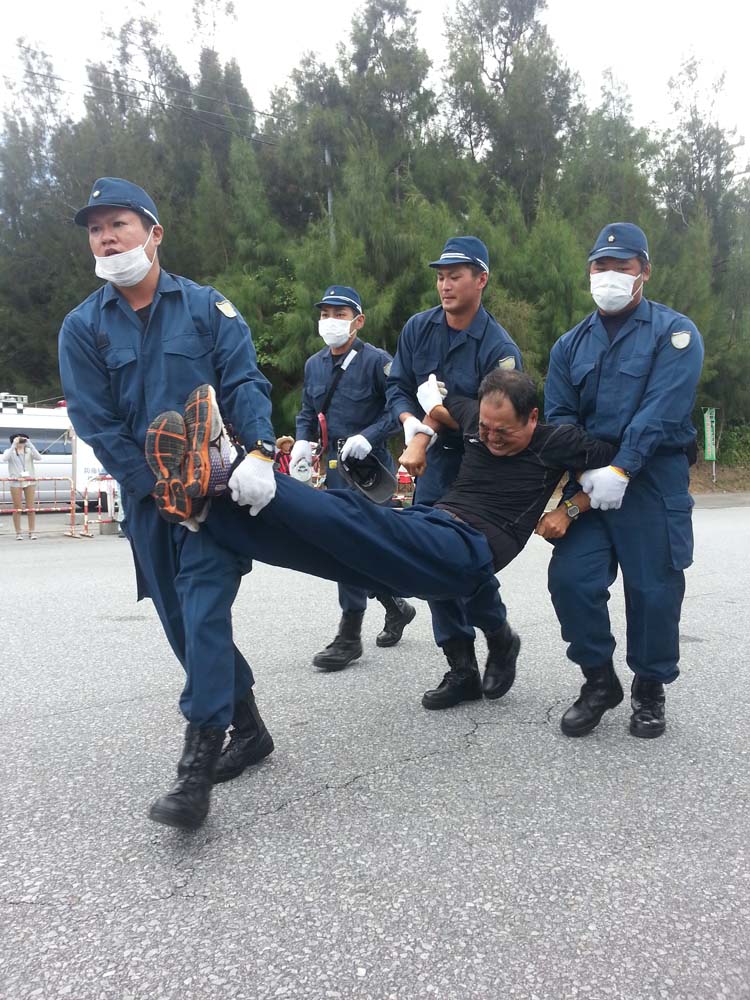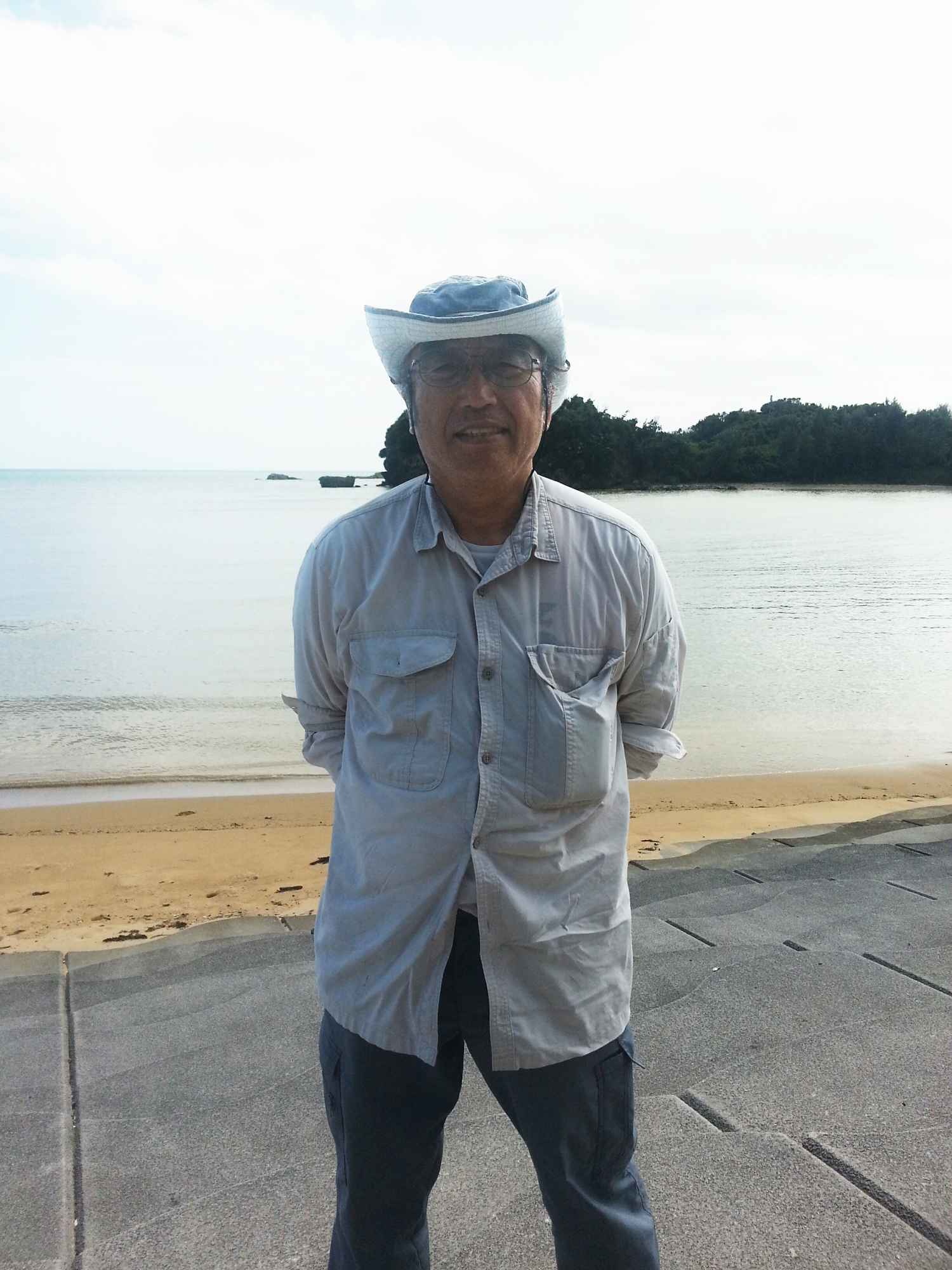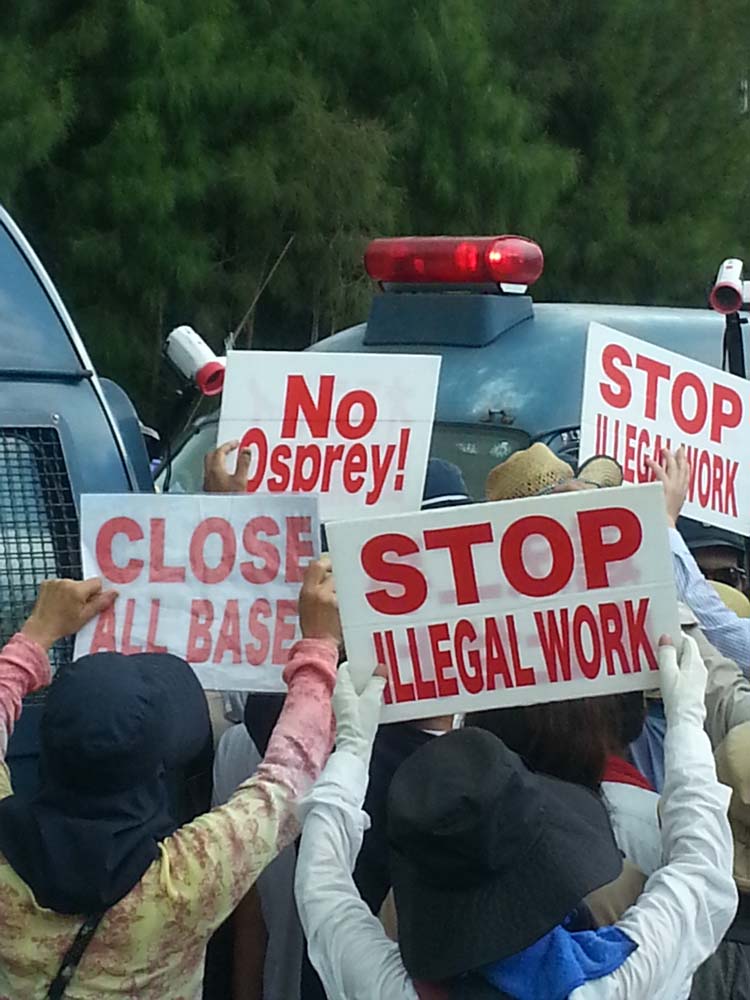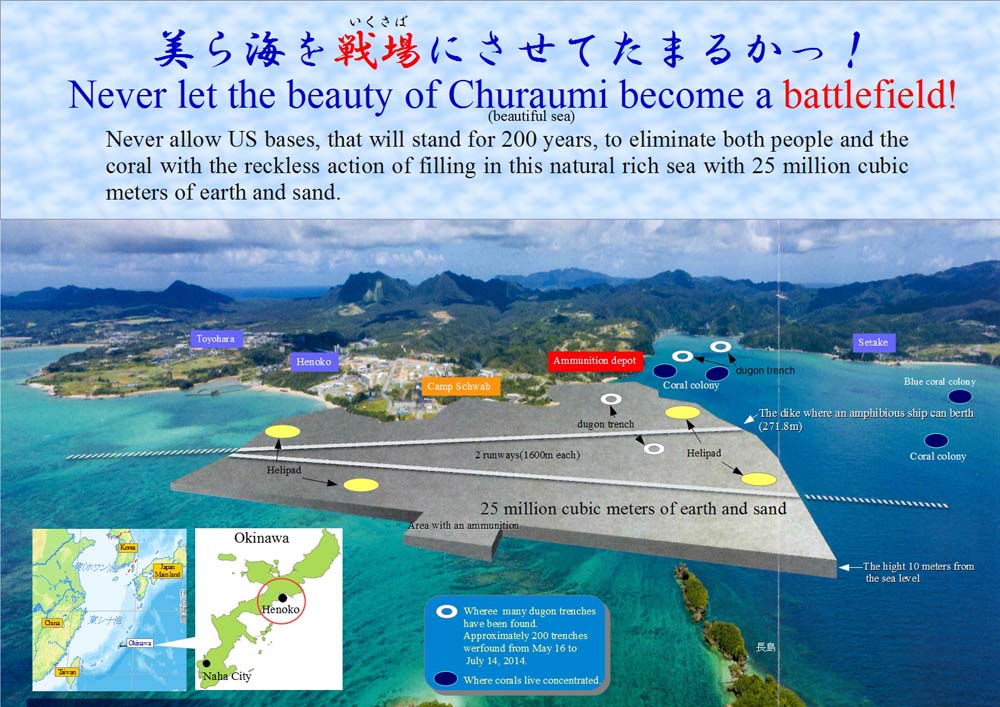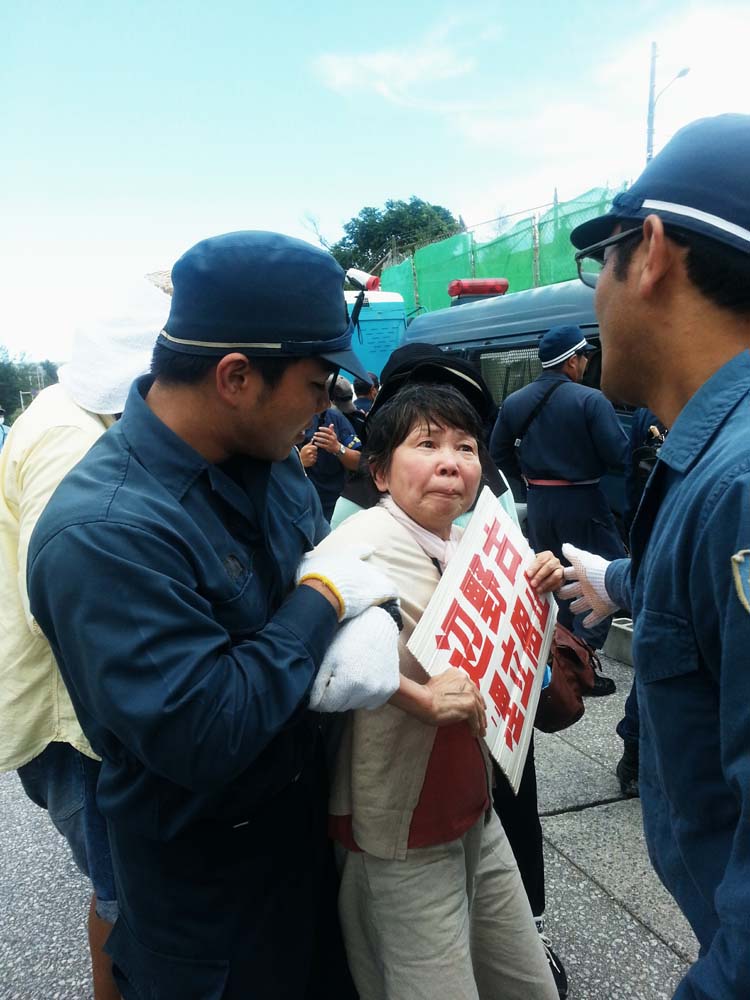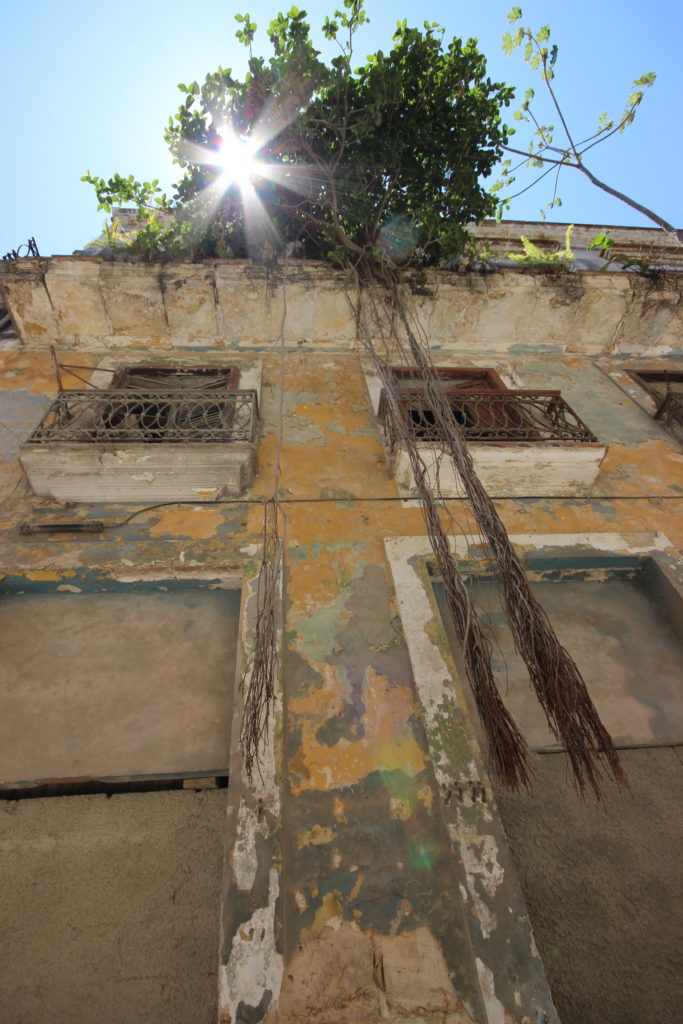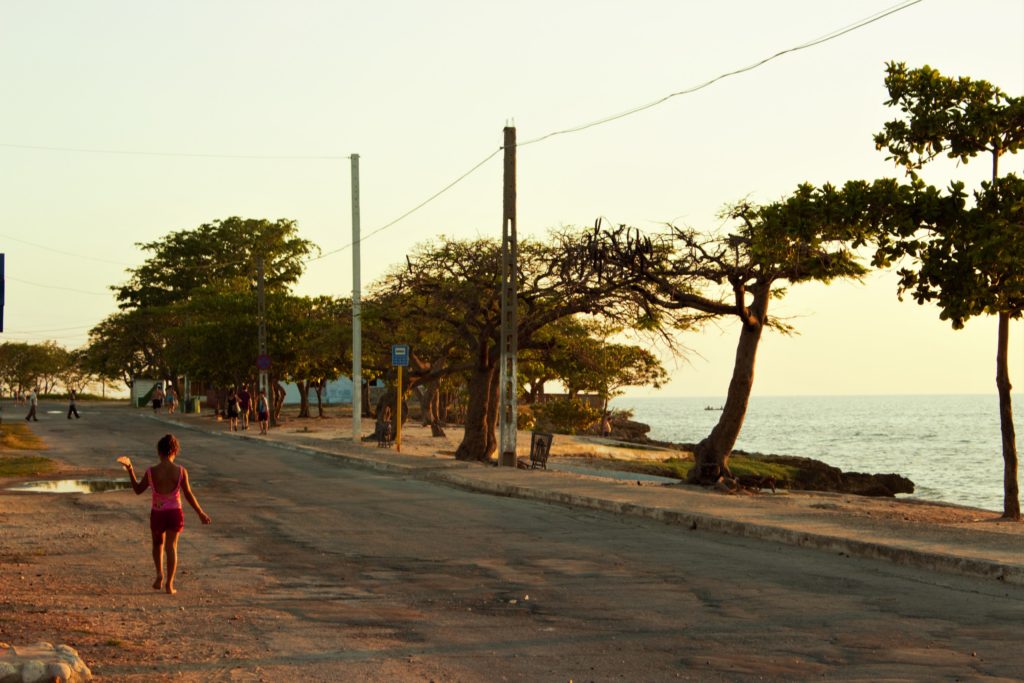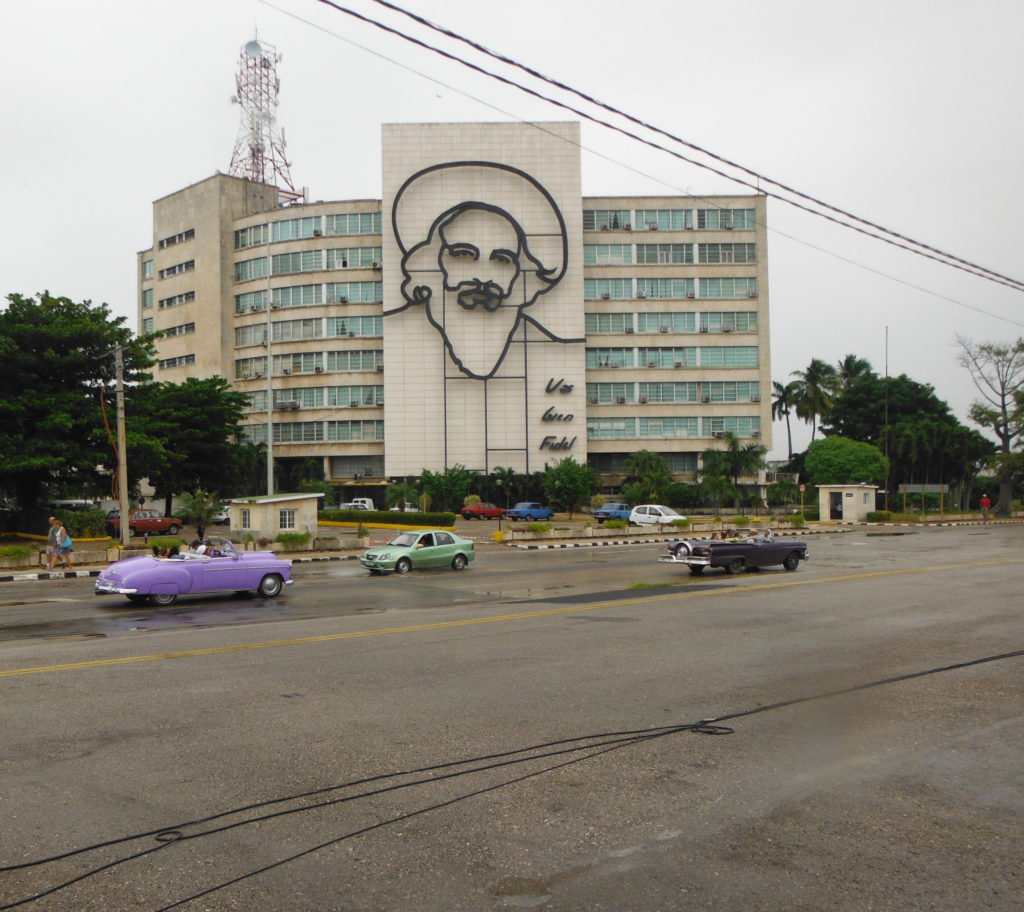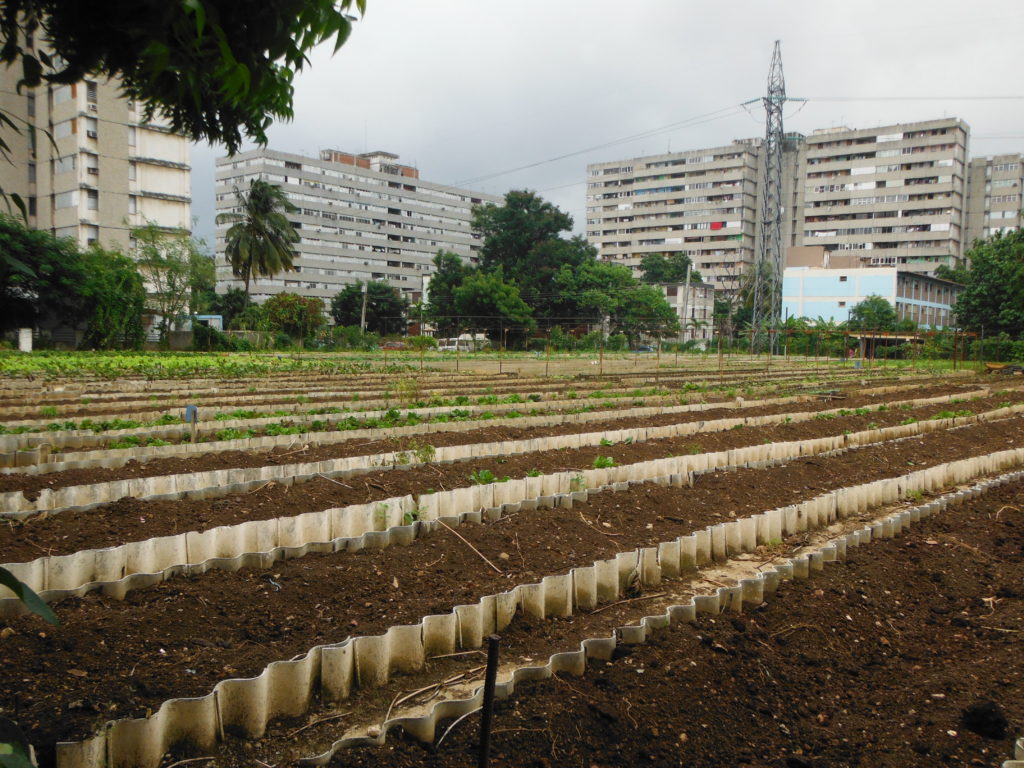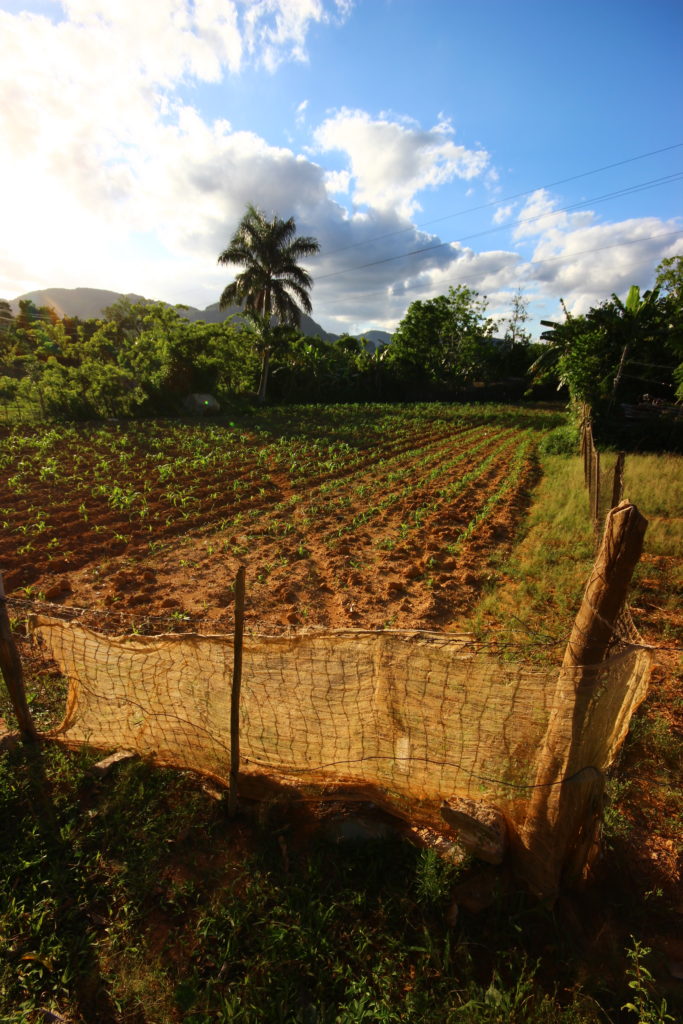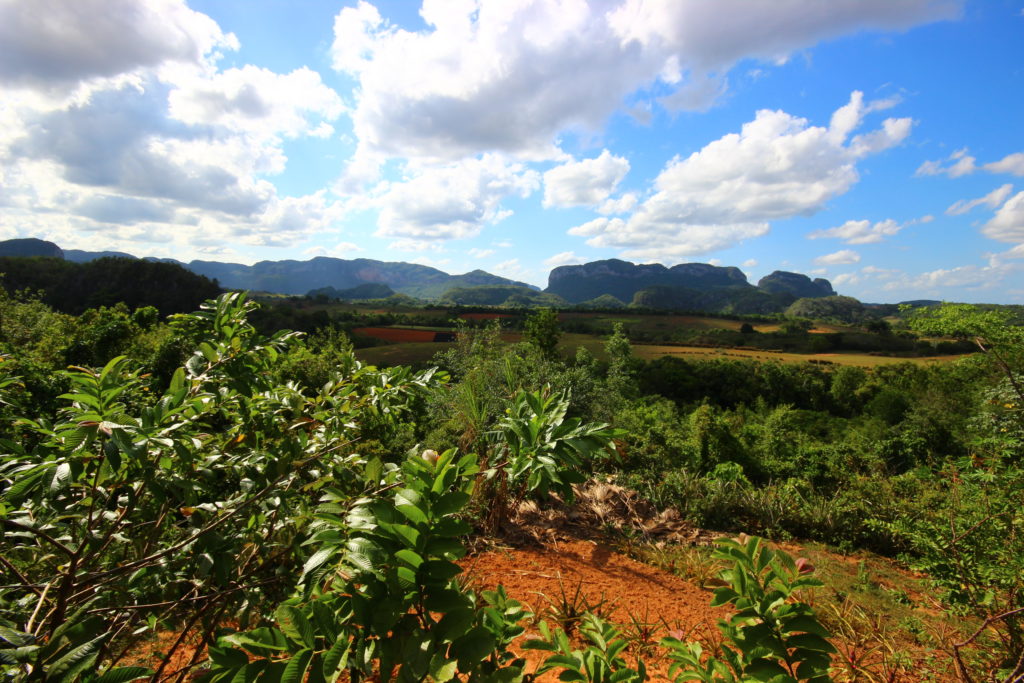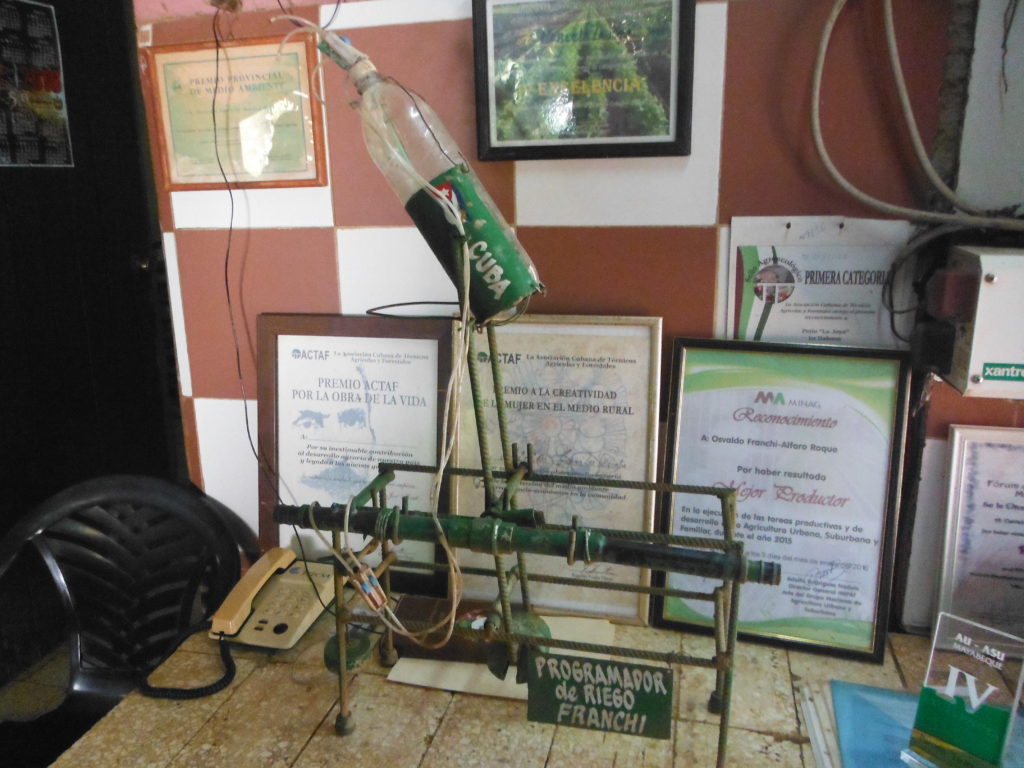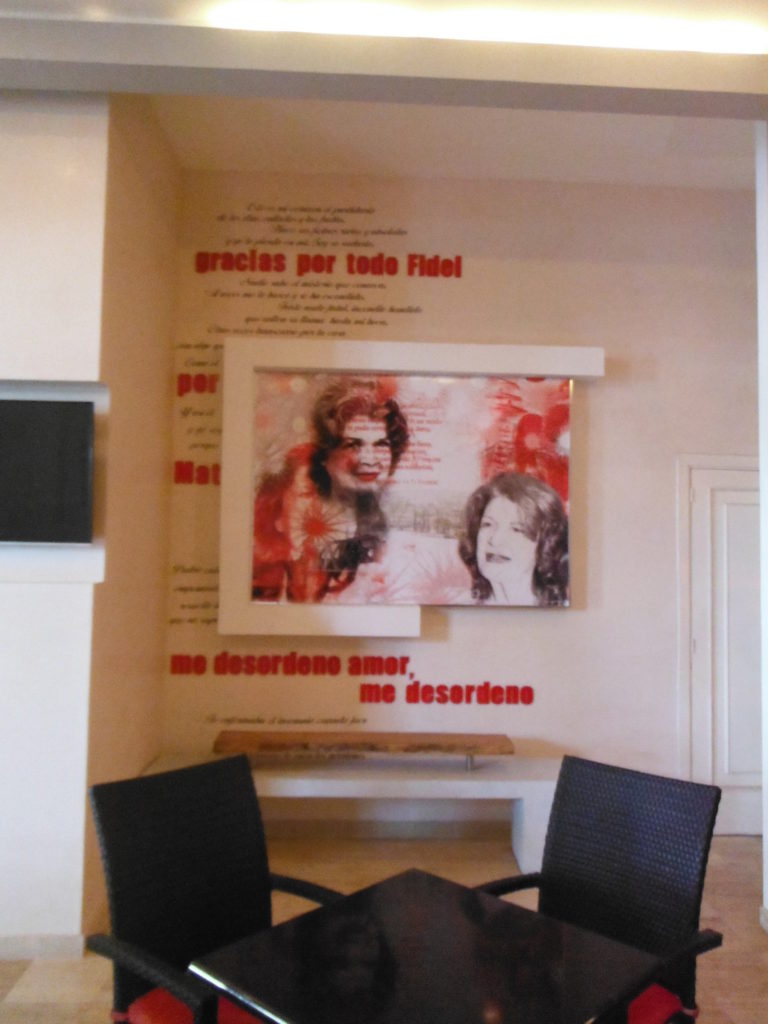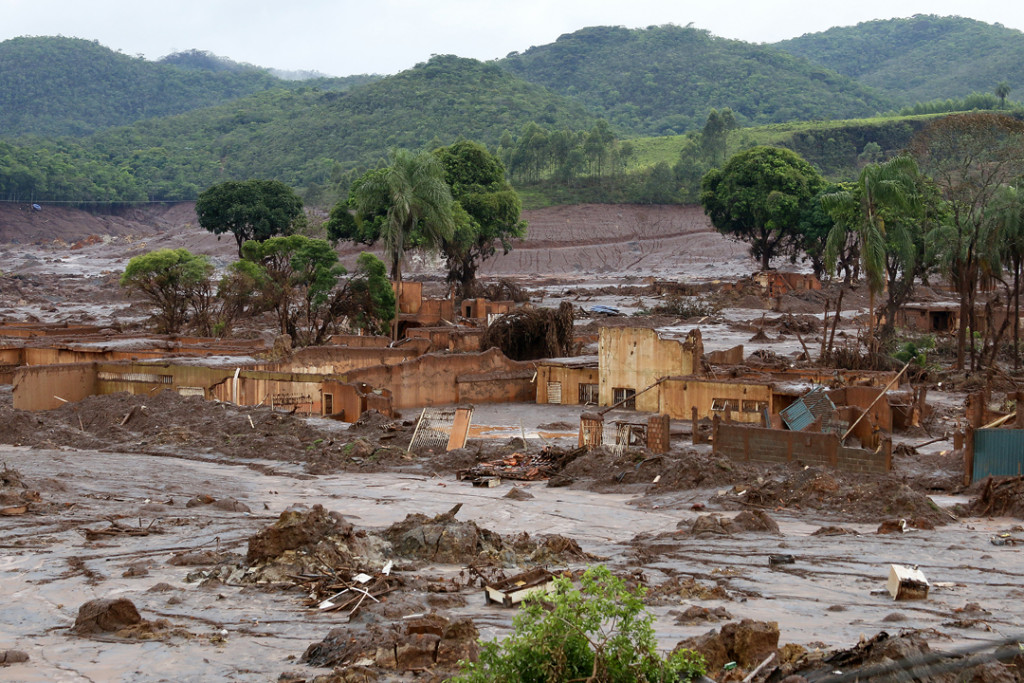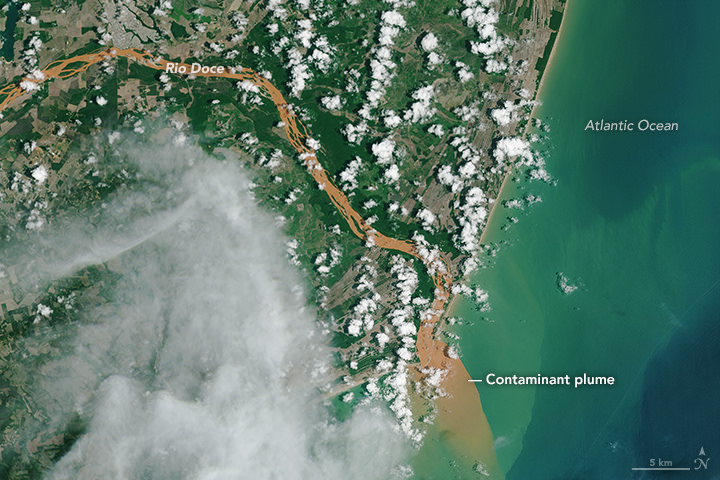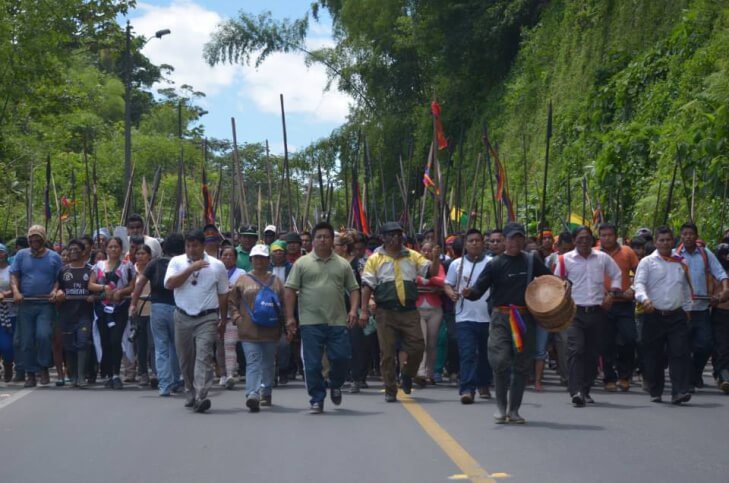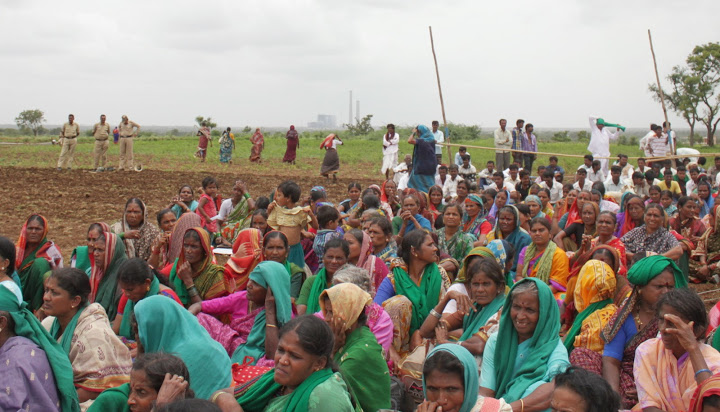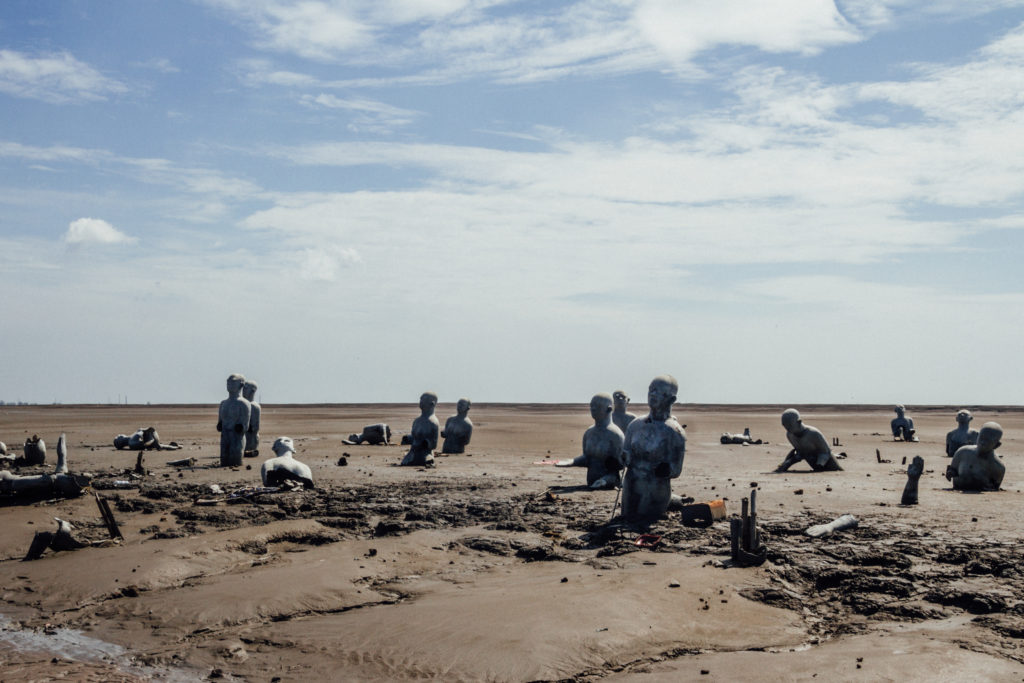
by Chellis Glendinning
The reader of How the World Breaks must be agile. The book demands that one navigate between several modes of consciousness in order to face the reality of human input into the “weather on steroids” that is routine these days. How the World Breaks takes us on a long tour, but not one launched with vacation or adventure in mind; rather it books us in at one disaster site, then another, and another. Led by our worthy guides, we visit the scene of 2013’s Typhoon Yolanda in the Philippines in which entire settlements were washed away and some 6,300 people killed; Java where a mud volcano caused by gas drilling plastered 2.5 square miles of fields and villages with forty feet of wet clay, cost 40,000 people their homes, and caused property losses of more than a billion US dollars; Kansas where, in 2007, a 205 mile-per-hour tornado flattened an entire town, destroying 1000 buildings; and more. But surprise: just as the book takes us on this bleak journey, it also presents an electrifying, can’t-put-down detective novel exploring the whats, hows, whens, and whys of each catastrophe. And lest we become too diverted by intrigue, How the World Breaks is a sober investigation of the economics, politics, science, and psychology of a disaster’s origins, progression, and aftermath. Taken together, the landscape of climate change becomes a disquieting documentation of the mess we inhabit.
Taken together, the landscape of climate change becomes a disquieting documentation of the mess we inhabit.
Stan Cox is the perfect person to write such a tome. A former government wheat geneticist, he is now research coordinator at The Land Institute in Salina, Kansas. He is a fervent advocate for sustainable agriculture, plus the author of books that explore the environmental impacts of air conditioning and of corporate food/medicine production, as well as rationing as one answer to capitalism’s out-of-control consumerism.
The second perfect person to craft such a book is anthropologist and development/disaster writer Paul Cox. He lives in Copenhagen, Denmark, where he works for European and African development organizations while writing independently in such publications as Disasters and The New Inquiry. He also happens to be Stan’s son.
I delved into How the World Breaks on a spring day boasting brutal unseasonal rains in a small city in the Andes. I needed no more than to pull the blanket to my chin to know the magnitude of this book’s importance. I think we’ve got a classic here—so I asked Stan and Paul to join me for an online conversation.
What is How the World Breaks about? And how did you end up working on it as father and son?
Paul Cox: The title is a bit misleading—by design. The book is about how and why disasters happen, but the explanations aren’t all our own; we don’t have one big model or answer. Instead we were interested in all the explanations that spring up around disasters and, crucially, who embraces which explanations.
Stan Cox: It started after a disaster with many explanations: Superstorm Sandy. In 2012, following that calamity, my editors at The New Press asked me if I’d be interested in writing one on the increasingly unnatural nature of natural disasters. I had no direct experience in that world, but I knew there was much to be written about their increasingly human causation. I decided to write to Paul, who had studied the anthropology of disaster.
He started his response with, “Wow, that’s a pretty huge topic,” and discussed the debates among disaster researchers and policymakers about vulnerability, resilience, inequality, and adaptation, along with what he called “the big issue: climate change itself, or the whole complex of pressures and vulnerabilities that it fits into.” I thought, “Oh oh, this is going to be a much bigger book than I expected, and I don’t think I can do it without Paul.”
How did you start?
SC: We resolved not to restrict ourselves to just climatic events, but to include hazards that emerge from the ground, sky, and sea. Since so-called “natural disasters” are social/political/economic phenomena linked to increasingly unnatural hazards, we dropped the term “natural disaster.” We wrote of “geoclimatic” hazards and disasters instead, and we hope that term catches on. We also realized that this could turn out to be a boring book if we made it an armchair study of UN policy debates, studies on risk reduction, international climate negotiations, etc. Instead, we decided to build our analysis on stories from the scenes of actual disasters.
PC: The subtitle, “Life in Catastrophe’s Path, from the Caribbean to Siberia,” might represent the book better than the title does. Since this seems to be the life of the future, we wanted to consider what such a life looks like—for rich and poor.
Disasters are, of course, terrible by definition. All that ought to matter is how to reduce people’s vastly unequal vulnerabilities to them and how to stop creating more. But instead, some explanations have turned into normalizations of it. We tried to make the book an antidote to that normalization by choosing disasters mostly from the last decade and pulling out all the awful, sad, strange, funny, and infuriating details that make each irreducible to a simple explanation.
SC: So from mid-2013 through early 2015, we studied and visited a dozen or so communities around the world whose inhabitants were struggling to recover from disasters. We benefited from the help provided by my wife, Paul’s stepmother, Priti Gulati Cox—especially with the trips in India where she could translate not only language but much else. Priti also drew maps for each of the disasters.
My guess is that New Press doesn’t have the funds to send a couple of investigators around the world. How did you get to all those places?
SC: You guess right. We didn’t have big travel budgets ourselves, so we made modest travel plans. In 2013 Priti and I were already going to Mumbai, India, for a family visit, and we figured that if Paul joined us, we could talk with slum residents about the 2005 catastrophic flood they’d lived through. From there, we could go to the Philippines—which is famous for cultural adaptation to the world’s worst frequency and variety of geoclimatic hazards—and on to East Java, Indonesia, site of a human-caused mud volcano.
You can throw a dart at a map, and there has probably been—or will soon be—one or more terrible disasters somewhere near where the dart sticks.
Soon after we made those plans, the Indian Himalaya was ravaged by unprecedented monsoon floods and landslides. Two months before we set out for Asia, Typhoon Yolanda hit the Philippines in probably the most powerful storm landfall ever recorded. Were we superstitious, we might have decided at that point not to make any more travel plans! But the fact is that you can throw a dart at a map, and there has probably been—or will soon be—one or more terrible disasters somewhere near where the dart sticks. So we included Tacloban in the Philippines and the Garhwal region in India in our tour.
Paul had ridden out Superstorm Sandy when he was living in New Jersey and had helped with Occupy Sandy; then he found himself back in the area around the second anniversary of the disaster. For me, there were short drives to two tornado towns: Greensburg, Kansas, and Joplin, Missouri. And living in Copenhagen, Paul could easily get to the Netherlands and Russia.
PC:Our biggest concern was not to put ourselves in situations where we would be a burden on anyone. We worried most about that in Tacloban, where bodies were still being recovered when we arrived. We rode in on a public bus and spent the day in the city, staying out of the way of the relief activity and speaking only with people who were interested in talking with us.
Disaster writing can also be colonial, exoticizing, and self-centered. Our choice was to keep ourselves out of view.
The places we went and the people we met made this book what it is. But the one thing we didn’t want it to be, I think, was a travelogue. The literary scholar Graham Huggan has written, “Much of what passes for contemporary travel writing operates under the sign of the disaster.” Our book falls easily into that claim. But if accounts of disaster and climate change are taking over the role of travel writing—and I also have to give credit to Rune Graulund of Denmark for this observation—then there’s a huge amount of baggage that comes with the genre. Disaster writing can also be colonial, exoticizing, and self-centered. Our choice was to keep ourselves out of view.
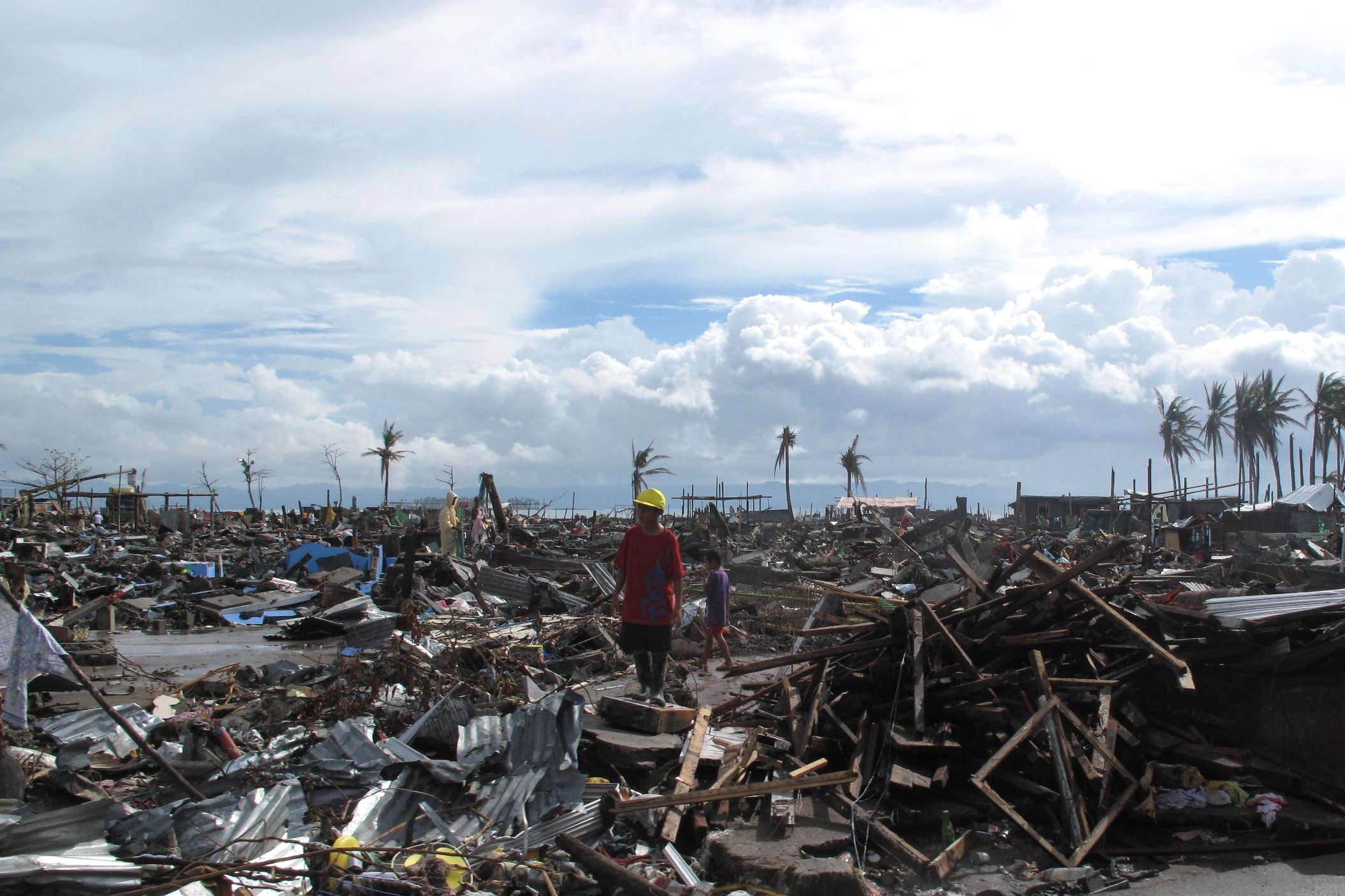
Tell me about what happened on the island of Montserrat.
SC: Montserrat is a papaya-shaped island five by ten miles in size, located 250 miles southeast of Puerto Rico. It’s a British Overseas Territory—in other words, a colony. The first Europeans to settle there were Irish Catholics in 1632. By the early 1800s, the slave population was 6,500. Britain abolished slavery in 1833, but Montserrat remained under white minority rule until the 1960s.
In recent decades, the island has been the most disaster-plagued place in the Caribbean outside Haiti. Its residents were still recovering from 1989’s Hurricane Hugo when the long-dormant Soufrière Hills volcano exploded in 1995. For two years the island was punished with volcanic violence, including explosive eruptions, fast-moving floods of steam, ash, gravel, and rock; and downpours of ash that covered everything. The eruption remains active to this day, with continuous release of gases that have been punctuated by ashfalls in 2003, 2006, and 2010. Almost two-thirds of the island, including now-buried former capital Plymouth, remain uninhabitable. Before the eruption the population was more than 10,000. It’s now 4,000. Many people emigrated, and those who remained had to move up to the previously undeveloped northern part of the island.
I don’t recall even hearing about this.
SC: We first became interested in Montserrat because of a British-funded development project aimed at generating electricity with geothermal energy from beneath the same volcano that had almost destroyed the island—a classic case of a silver lining. But that turned out to be a minor story. The bigger part was the failure of both the British Parliament and a series of island governments to rebuild decent housing and good livelihoods and help the people get back on their feet.
Four months before our visit, the island’s new political party, a group of activists called the People’s Democratic Movement, had been voted into power. Hopes were rising that Montserrat could finally get unstuck from the unnatural disaster/development crisis plaguing it. The PDM’s leader is Donaldson Romeo. As a journalist and videographer during the long crisis of the ’90s, Romeo had exposed the consequences of British neglect, including the horrific conditions that people fleeing the south of the island had to endure in refugee housing and tent camps. In the 2000s he got into politics to challenge the negligence and failures; he led the PDM to victory in 2014.
It’s typical in the Caribbean for volcanoes to lie dormant for centuries, and then when they do start shooting sparks, steam, fiery rock, and sulphur/methane/carbon-dioxide gas, the episode can last for a year. But this volcanic activity has gone on for 20 years! How does detrimental human activity contribute to the activation of volcanic activity, particularly these irregular and unpredictable explosions?
SC: We talked with Rod Stewart of the Montserrat Volcano Observatory, and he said that this volcano is unique for the length of its eruption. There’s no ready explanation for it, and he won’t hazard a guess as to when the eruption will end. Human activity is a factor in volcanic disasters generally. Volcanic slopes like the one where most Montserratians lived before 1995 are attractive places to settle: the soils are fertile, the landscape is beautiful, and there is often employment in tourism. People may be able to live and work on those slopes for 350 years without problem—but there’s always a risk.
Who else did you talk to?
SC: I had interviews lined up, but wanted most to talk with ordinary people and with Don Romeo. Over the next couple of days, in between interviews with government officials, I talked with local citizens. One was a woman named Janeen who had migrated to Montserrat from Jamaica just before the eruption began, had to evacuate homes twice, and now operates a run-down bar and grill on the island’s one main road. Simply by persevering through the past two decades, she has proven her resilience, but like everyone else, she is getting tired of being so resilient. She said she had high hopes for Romeo and the PDM. On the other hand, she feared that the government in London might never “step up.” She and other Montserratians had worn out their bootstraps long ago.
One thing that surprised me is the islanders’ desire to boost the economy with “disastourism.”
PC: Ha! We sort of made up that word, although I assume we aren’t the first. Unlike nearby islands like Antigua and St. Kitts, Montserrat has no good harbor, so it has never been a major cruise destination. But before Hugo and the Soufrière Hills eruption, ferries, small cruise boats, and private craft would visit the Plymouth pier. Many North Americans bought houses and spent winters there. Romeo and the local government want London to build a new port in the north that can bring some of that small-scale tourist traffic back—with an added attraction: tours of the volcano observatory and zone of destruction in the south.
Did you see the disaster area?
SC: Priti and I went into the zone in the south that had been opened to daytime entry. The volcano loomed above, belching huge clouds of steam and sulfur dioxide. Below we could see the area that people are barred from entering for safety reasons: a broad gray plain ringed by mangled, abandoned structures. Across that expanse there was no visible sign that the city center of Plymouth lay fifty feet below.
It sounds almost like a sacred place.
SC: Yes—we stood there in utter silence for a long while, as our minds struggled to piece together a rational image from the post-apocalyptic landscape. After that, we wandered into long-abandoned houses. In one, plates and pans, now covered in volcanic ash, were still sitting in dish drains where they’d been abandoned years ago. Another neighborhood was being reclaimed by tropical vegetation, and we noticed a man who was sweeping dust and ash out of a house. He wasn’t interested in talking. I decided that “disastourism” isn’t all it’s cracked up to be.
We stood there in utter silence for a long while, as our minds struggled to piece together a rational image from the post-apocalyptic landscape.
On our way back to the habitable north, we stopped at a shop to buy vegetables. As we were paying, in came none other than Don Romeo. “Heard you on ZJB Radio today,” he said. “When are you leaving?” I told him Sunday morning. “OK … what if I drop by on Saturday evening? There are some things I need to tell you.”
The admiring looks on the faces of the people in the shop confirmed what we already knew: Romeo is a heroic figure. But he knew he wouldn’t be a hero for long if Montserrat remained stuck in disaster time. His first words when he arrived at the cottage were: “I didn’t expect to become premier this soon.” He went on to talk about how he was having to metamorphose from an activist into the island’s leader and how he’d better not let people down. Then he told us how the British government had betrayed the people of Montserrat. He believed the refusal of the colonial power to restore housing and livelihoods after the eruption was not really a failure but a strategy. In the mid-1990s, having just finished rebuilding Plymouth after Hugo, the British had no interest in funding the island’s development again. Romeo believes they let conditions become intolerable so people would have no choice but to evacuate. He told us, “The idea was to get us off the island. But we’re still here.”
He became emotional when the conversation turned to the 1997 flash eruption that killed 19 people. He said those people had been pushed into risking their lives in the hazard zone by the deplorable conditions in the refugee camps and the lack of opportunity to earn a living in the north. “People were so desperate,” he said, “they would go back onto the volcano to grow food and keep animals.” Life on his island, he told us, will never be restored until the UK takes full responsibility for its “deliberate deception” and neglect of Montserrat. I’d been reading accounts of that era and the British betrayal with growing frustration, but to hear Romeo talk about the rawness with which he and other Montserratians view those events… I was boiling inside.
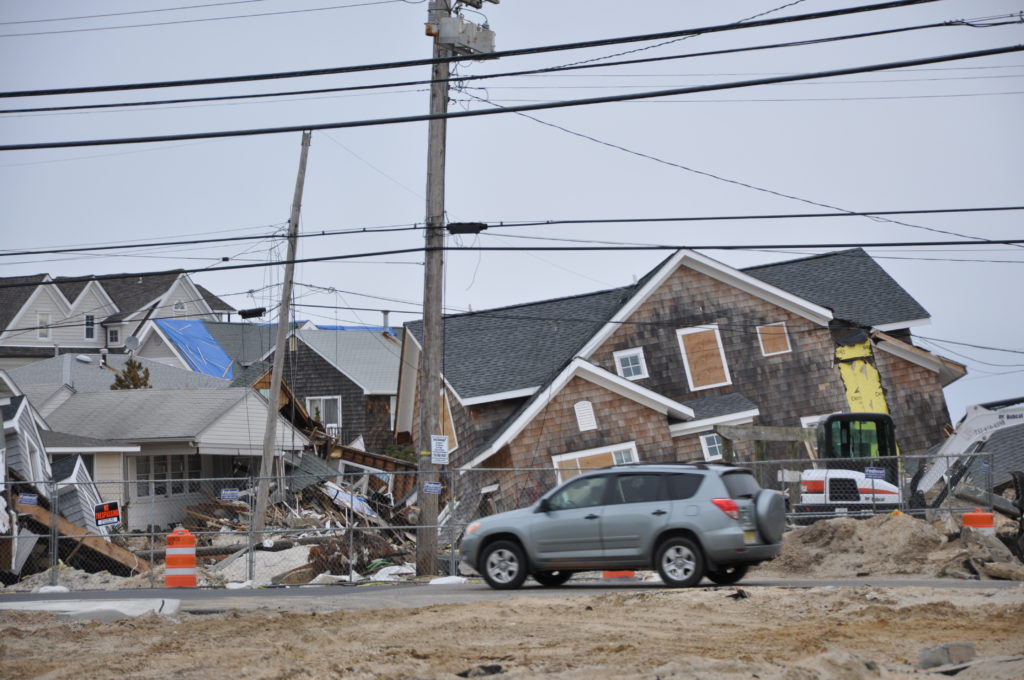
You visited one scene of destruction after another. What was that like?
PC: What always confronted me first was awareness that what I feel is only a shadow of the experience of the disaster.
You felt a sort of timidity then? Or perhaps awe?
PC: More like caution: just as there is much more of the volcano down under the ground, there is so much more human experience wrapped up in a disaster than one can possibly know. Some things can’t be communicated if you weren’t there. But other things can. At least that was our assumption in writing a book.
There are patterns to how the ground can shift; that’s what makes seismology possible… Disasters knot these patterns up together, even if no two events are wholly alike.
Often my second feeling was déjà vu. That is to say: awareness of repetitions and patterns. This awareness can feel like a betrayal of the uniqueness of the pain and the place, but as writers it was essential to our job. There are patterns to how the ground can shift; that’s what makes seismology possible. There are only so many ways the roof can come off a house; that’s why we have engineering. And likewise there are certain ways people deal with pain and shock and re-establish hope; that’s the basis of psychology. Disasters knot these patterns up together, even if no two events are wholly alike.
In my work as a psychotherapist, I specialize in recovery from personal trauma. Some people say to me: “Isn’t it depressing?” Yet I never feel down because I am working with people who want to heal and therefore have the wherewithal and spirit to heal—so being their partner in the process becomes an uplifting experience. I am struck with how you begin the book with a testimony to renewal.
SC: That first story occurred in the Indian Himalaya, and our trip there was probably the most disturbing experience we had. Paul suggested we begin and end the book with it because the floods there were in many ways the most spectacular and tragic of all the disasters we wrote about. Those who survived have been put to the ultimate test of emotional strength and perseverance—with virtually no help from outside.
PC: It was depressing. Yet the story with which we begin the book, Ramala Khumriyal’s personal experience, was a hopeful one. In June 2013 a natural dam holding back a large lake 12,000 feet up in the Himalayas melted. The entire lake emptied within minutes, and the busy pilgrimage site of Kedarnath a mile down slope was buried by water, mud, and rock. Ramala barely escaped up the mountainside with his six children; as they fled, they looked back to see thousands being swept to their deaths. With roads and footpaths destroyed, they had to find their way home through the landslide-scoured mountains. It took them six days.
Once they had to cross a river on a fallen tree trunk, inches above the still-raging flood. Many people did not make the crossing, but Ramala’s family did. This, he said, was the last of many tests they’d received from Lord Shiva, who resides in these mountains and is worshiped at Kedarnath. Ramala and his children had passed all the tests, and in this he found the hope he expressed to us.
SC: By the time we arrived, Ramala had become co-owner of a new startup! Before he’d run a tea shop in Kedarnath, but he had no desire to return there. So with assistance from Adarsh Tribal, a young outsider working for the aid group iVolunteer, Ramala and another man started a soap-making business. Adarsh helped them get the necessary ingredients up to the mountain. It was a low-tech operation, and their product was top-notch. They used a vegetarian recipe—without tallow—and that was a selling point in a pious Hindu region.
PC: The closest we reached to Kedarnath was the village where the pilgrimage footpath begins, Gaurikund. The road having washed away, we had to cling to rocks and tree roots for the final kilometer to get even that far. We were talking to people who were playing carom in front of the only open shop on the half-main-street—the other half had fallen into a chasm along with a number of hotels. Our discussion paused when two outsiders came along the street leading a pair of donkeys. One was wearing a well-tailored wool jacket and the other was carrying a camera. They silently continued towards the start of the pilgrims’ footpath—and returned ten minutes later. As they passed the second time, the cameraman explained to a local that the visitor was on a government fact-finding mission from New Delhi. He was supposed to report on the state of things in Kedarnath, but he’d just gone to the trailhead so he could have his photo taken on the back of a donkey with snowy peaks in the background. Our hosts thought this was a fitting demonstration of the extent of their government’s sympathy; Adarsh, who was interpreting, couldn’t even translate the obscenities they used!
SC: The floods and landslides had not only cut Kedarnath and Gaurikund off from the rest of the world; they had wreaked ruin along the 100-mile road that leads up the valley from the plains.
PC: We experienced pure terror on the jeep ride up and back, especially where the road had become a thin shelf hanging off the mountain face and we could see right through potholes down to the valley floor!
SC: Before the flood, there’d been a burgeoning new industry that hauled well-heeled pilgrims up the mountain in helicopters. Like road-building, the construction of the 400 helipads serving that business worsened the landslides, and almost all of the helipads were damaged beyond usability. The tourism industry was crippled. Neither Adarsh nor the people in Gaurikund nor anyone else said they could foresee any potential economic activities that might provide the valley’s people the modest incomes they had derived from tourism. That was the tragedy: the only route anyone could see to local economic viability was to rebuild the very industry that had almost destroyed them once and could well destroy them in the future. Now three years after our visit, despite recurring monsoon floods, the 2015 earthquake in Nepal, and raging forest fires in 2016, slow efforts to piece tourism back together have been the only official response.
Reading your book, I remembered the collective disasters I´ve endured—which include Hurricane Hazel in 1954, the 2001 Los Alamos fire catastrophe, and a rain-hail storm/flood in 2013 that laid flat the campesino community in Bolivia where I was living. Have you been through any such events?
SC: Well, I’m thankful that neither of us has had the wealth of experience of disasters-in-progress that you have!
PC: I remember filling sandbags there during the Great Midwest Flood of 1993, when I was nine. I remember the pizzas that someone delivered to the crews filling sandbags. That was an early taste of disaster solidarity.
SC: Pizza: the quintessential disaster food! What we both can say, though, is that a tornado 80 years ago had a profound impact on our family. Lucille Brewer Cox was my grandmother, Paul’s great-grandmother, and she was among 203 people killed by the Gainesville, Georgia tornado of April 6, 1936. It struck downtown in the middle of a business day. Lucille was working in a department store on the town square. My grandfather had a ground-coffee business just off the square. The tornado left him buried under sacks of coffee beans, which protected him from falling debris. He dragged himself out and ran over where Lucille’s store had been, and, tragically, recognized her shoes protruding from the rubble.
The catastrophe struck a population that was struggling to survive the Great Depression. So everyone in town went through severe times. But it was also the height of New Deal optimism. President Roosevelt visited twice, and his administration set out to make Gainesville an example of government as a positive force. Reconstruction aid poured in, and the town gained a lasting reputation as a vigorous, progressive city.
The psychiatrist Robert Jay Lifton spoke of a loss of belief in the future among survivors of Hiroshima and Nagasaki and, as the nuclear arms race grew to threaten the entire planet, generalized this response to include all of us. How do you feel now that you know intimately what so many still living in non-disaster bubbles “know” only by watching videos and reading newspapers? I ask this with a view towards the ultra-right presidency of Donald Trump, with his troupe of oil executives and climate-change naysayers.
PC: I don’t think we know that much more than people watching videos and reading newspapers.
I’m amazed to hear you say that.
PC: Reporters and videographers are good at communicating pain, and disasters are among their most powerful material. If someone can see all that pain and rationalize their way out of being affected, I don’t think it’s because they haven’t seen something that we’ve seen.
We write about various forms of rationalization, and about something like a loss of belief in the future, but that doesn’t always look the way you expect. Take the idea of resilience—which has been spectacularly popular in recent years. The resilience doctrine rationalizes that disaster is inherent in everything, and that the most people can hope for is to get better at bouncing back. At heart this attitude has little to promise for the future.
This discourse has been thoroughly critiqued, and we join that critique. But the resilience doctrine is really the stuff of global neoliberal governance, of UN conferences and development cooperation regimes. You could say it’s the sort of “globalist” project that the Clintons were accused of furthering.
The election happened in the middle of this conversation with you, Chellis, and we felt it like an earthquake. Or maybe it was more like a forest fire; the fuel had been building up for many years. Up until Election Day, we thought our biggest worries were well-intentioned international initiatives that would actually make life worse or be band-aids on the catastrophes of climate change. We were concerned about an abundance of optimism that says climatic disaster can be endured if our economies just keep growing.
Astonishing—and yet denial does help people feel better.
PC: Now it feels like we were the ones in denial! We wrote in the book that climate change optimism would be “what we will have to worry about when we don’t have to worry about climate-change denial anymore.” As it turns out, we still have to worry about it—and also about resurgent zero-sum nationalism, triumphant oligarchies, and fascism. We face a lack of regard for common humanity that’s based on forthright racism.
SC: We set out to share stories of communities on the front lines of the ecological crisis in hopes of influencing US citizens and our government’s policies. But far too many people don’t want to hear about anyone’s predicament but their own—enough of them to make the November 8 political temper tantrum succeed. Those angry Americans had no regard for the consequences to be suffered by vulnerable people and communities here or elsewhere.
The rest of the world has pledged to carry the Paris climate agreement forward without the US, but even if they do fulfill their emissions commitments, under the agreement those commitments would still allow warming of 2.7 to 3.5 degrees Celsius, which in itself would trigger planet-wide catastrophe. The past couple of years have shown that unforeseen political and social change can come suddenly and dramatically, and that’s certainly what we’re going to need now—but in the opposite direction.
PC:“Sudden and dramatic” are also the qualities that make a disaster a disaster, as distinct from the general, slower trend of climate change. And there is often a hope expressed that if a disaster comes along that’s just bad enough, it will shock societies into transformation. Please understand that it’s not what we are hoping for: we are anti-disaster! Besides, the scholarship on possible links between disasters and political change is tentative about shocks causing positive change. If we can draw a conclusion from our research, it is this: when positive change happens in the aftermath of a disaster, it’s because the people affected are ready for change and have the power to see it through.
SC: Until there is deep political and economic transformation to roll back climate change, communities like the ones we wrote about will keep paying the price. Remedies we put forward—like a fund to protect people in the global South from the disastrous impact of the North’s carbon dioxide—had no chance in the political world that existed even before November 8. But we weren’t devising a political strategy; we were saying, “Look, this is what it would take to deal with coming disasters. We have to talk about what’s necessary, not just what politicians and corporations will accept today.“
Likewise with emissions reduction. We have to insist that the only way to head off climate catastrophe is to eliminate fossil-fuel burning on a timetable much more rapid than Paris’s. Now, in this toxic political atmosphere, many on our side will stop discussing that necessity and seek small compromises instead.
Is there anything that heartens you?
SC: Yes. I’m heartened by declarations from cities and states around the world that commit to forging ahead on climate, no matter what Washington does. That, and a lot of rebellious political activity, will have to do for now.
This article was first posted on Alternet.
Chellis Glendinning is the author of seven books, including “Chiva: A Village Takes On the Global Heroin Trade.”
How the world breaks: Life in catastrophe’s path, from the Caribbean to Siberia is published by New Press and available here.
